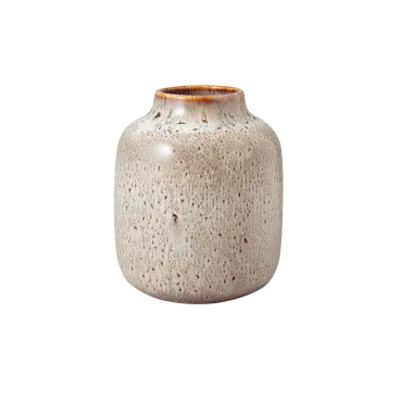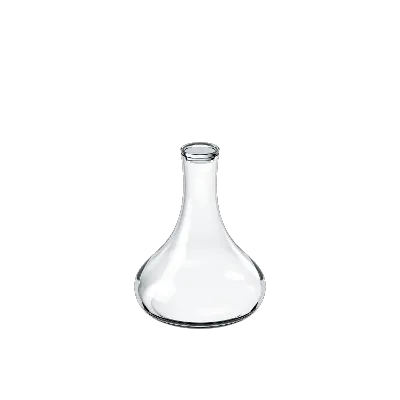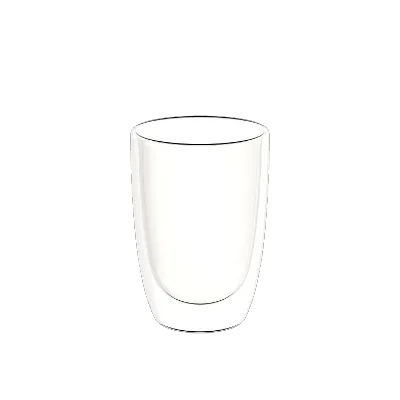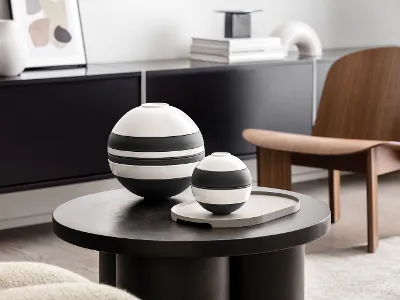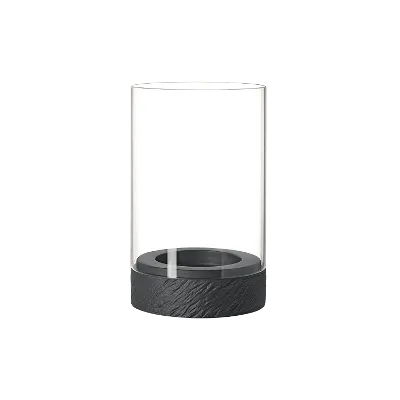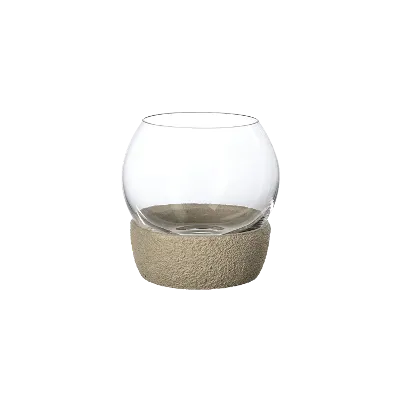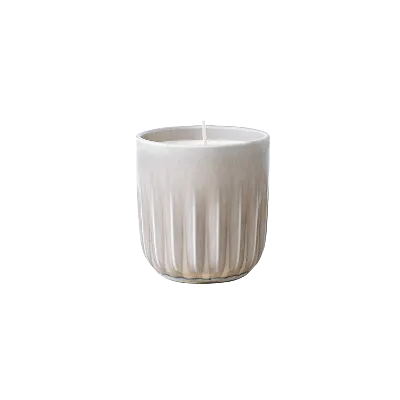Order cut off dates for Christmas Deliveries:
15 Dec for WA, SA & NT | 18 Dec for all other states
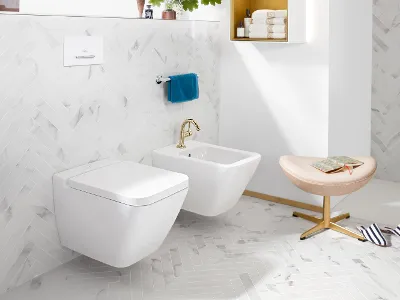
Descaling the toilet
To keep your toilet clean and working properly, it is crucial to descale it on a regular basis. Unsightly deposits build up in the toilet bowl, below the rim and in the cistern.
Some of this consists of limescale from tap water. Added to this is the yellowish-brown urine scale: a chemical reaction occurs when urine comes into contact with limescale. The longer these deposits remain in your toilet, the thicker the layer of limescale and urine scale will be. Descaling the toilet should therefore be a recurrent item on your to-do list – along with the regular cleaning of the cistern.
Content
At a glance
The more often you descale the toilet, the less effort will be required
Chemical cleaners are harmful to the environment and can be replaced by certain household remedies
The household remedies recommended here can also be used to descale the cistern
How to remove limescale without using chemical cleaners
Good news: the more often you descale your toilet, the easier it will be. You don’t need to buy chemical products to thoroughly remove urine scale from the toilet. Although many of these products are very effective, they are also very aggressive and harmful for the environment. You can find a wide range of products, many of which you already have in your home, that are just as effective at removing limescale. This is good for the environment and good for your wallet.
You can generally follow the same procedure whenever you want to descale the toilet: Apply the household remedy to the deposits and leave it to work for a specified amount of time. It is therefore very practical to clean the toilet in the evening, leave the household remedy to work overnight and flush in the morning. If required, you can use a toilet brush afterwards to remove any residue.
To remove urine scale and limescale in the U-bend of the toilet, simply add the household remedy to the bowl. To remove limescale below the rim, here’s a little trick we can share:
Soak a bit of kitchen paper towel or toilet paper with the household remedy and wedge it below the rim. Remember to change the paper from time to time to keep it from drying out and losing its effectiveness.
Tips for the best household remedies for descaling
You will probably find more products than you could imagine around your home for descaling the toilet. Acids are particularly effective for cleaning toilets. They trigger a chemical reaction on contact with the calcium carbonate in the limescale deposits, which helps to break down stains. Different acids can be used to clean the toilet. We describe them briefly below.

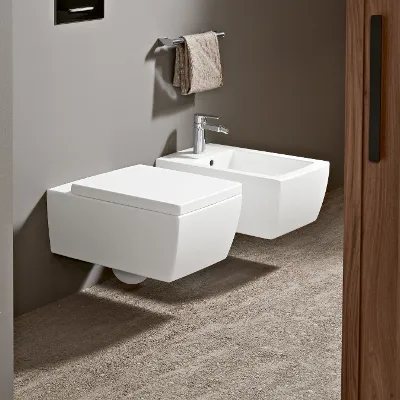
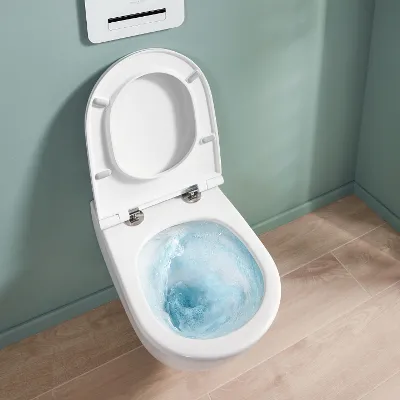
Hydrochloric acid
30 per cent hydrochloric acid can be used for a wide range of applications around the home: It removes rust from the bath, iodine stains from textiles – and it can also remove unsightly stains from teapots or flower vases.
Hydrochloric acid is excellent for descaling toilets and can even be used to tackle stubborn deposits. But take care: hydrochloric acid is very corrosive so it is important to wear safety glasses and protective gloves. One tablespoon of hydrochloric acid is enough to descale the toilet. Contact with water causes the formation of carbon dioxide and intense foam. Please note: do not allow hydrochloric acid to come into contact with metal as this can cause the release of hydrogen gas.
Vinegar
Vinegar is very versatile too – you can use it to clean joints, leave windows streak-free and descale taps and fittings. Vinegar consists of five per cent acetic acid, whereas vinegar essence consists of 25 per cent. Vinegar essence is therefore a better choice for harder-to-treat limescale – but it should always be diluted with water. Always wear gloves when cleaning with vinegar to protect your skin from the acid.
Coca Cola
A special tip: Coca Cola – this fizzy drink contains phosphoric acid which also removes limescale and urine scale. Simply pour the contents of a one-litre bottle into the toilet bowl and leave it to work for a few hours to dissolve deposits. To increase the effectiveness, combine Coca Cola with baking powder and apply it directly to the affected areas.
Citric acid
Citric acid is very commonly used to clean toilets. This is because it smells pleasantly fresh and is less pungent than vinegar. Mix two to three tablespoons of citric acid powder with one litre of water – always add the water to the bucket before the citric acid to avoid splashes.
Formic acid
If you have any formic acid at home, you can use this to remove scale from your toilet. Standard products generally contain a 75 per cent concentration of formic acid. To use this product safely, dilute the acid to around five to ten per cent.
Baking powder
Most homes have a little box of baking powder used to make cakes. Baking powder mainly consists of sodium bicarbonate (natron), a separating agent and an acidifier such as tartaric acid. Contact with water triggers a chemical reaction between the natron and the acid during which carbon dioxide is released. Simply sprinkle a little powder over the affected areas and leave it to work.
Natron
Pure natron is another tried-and-tested solution for removing scale – and not just for toilets. However, natron works most effectively in combination with vinegar. Pour one or two cups of vinegar into the toilet bowl and then sprinkle a few tablespoons of natron on top. Use a toilet brush to spread the mixture evenly for optimal results.
Regularly cleaning your toilet reduces the likelihood of limescale build-up. However, in hard water areas, limescale stains can develop very rapidly. You can fit a water descaler or use rainwater to flush the toilet, but these solutions are relatively costly to implement.
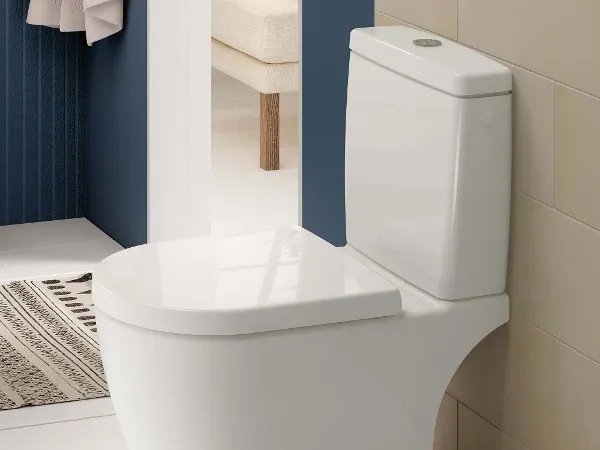
How can you descale a toilet cistern?
We soon notice the build-up of limescale in the toilet. However, we tend to forget the cistern when cleaning or just give the toilet a quick once-over. Be warned that this can have consequences. Limescale can build up within the cistern and affect the operation of the flush mechanism. If you notice water trickling from the cistern into the toilet bowl, it’s time to give the cistern a thorough clean.
You can use the same household remedy as you did for the toilet bowl. Open the cistern lid, add the limescale remover and leave it to work. After waiting for the recommended time, flush the toilet a few times and put the lid back on the cistern. That’s it – job done!
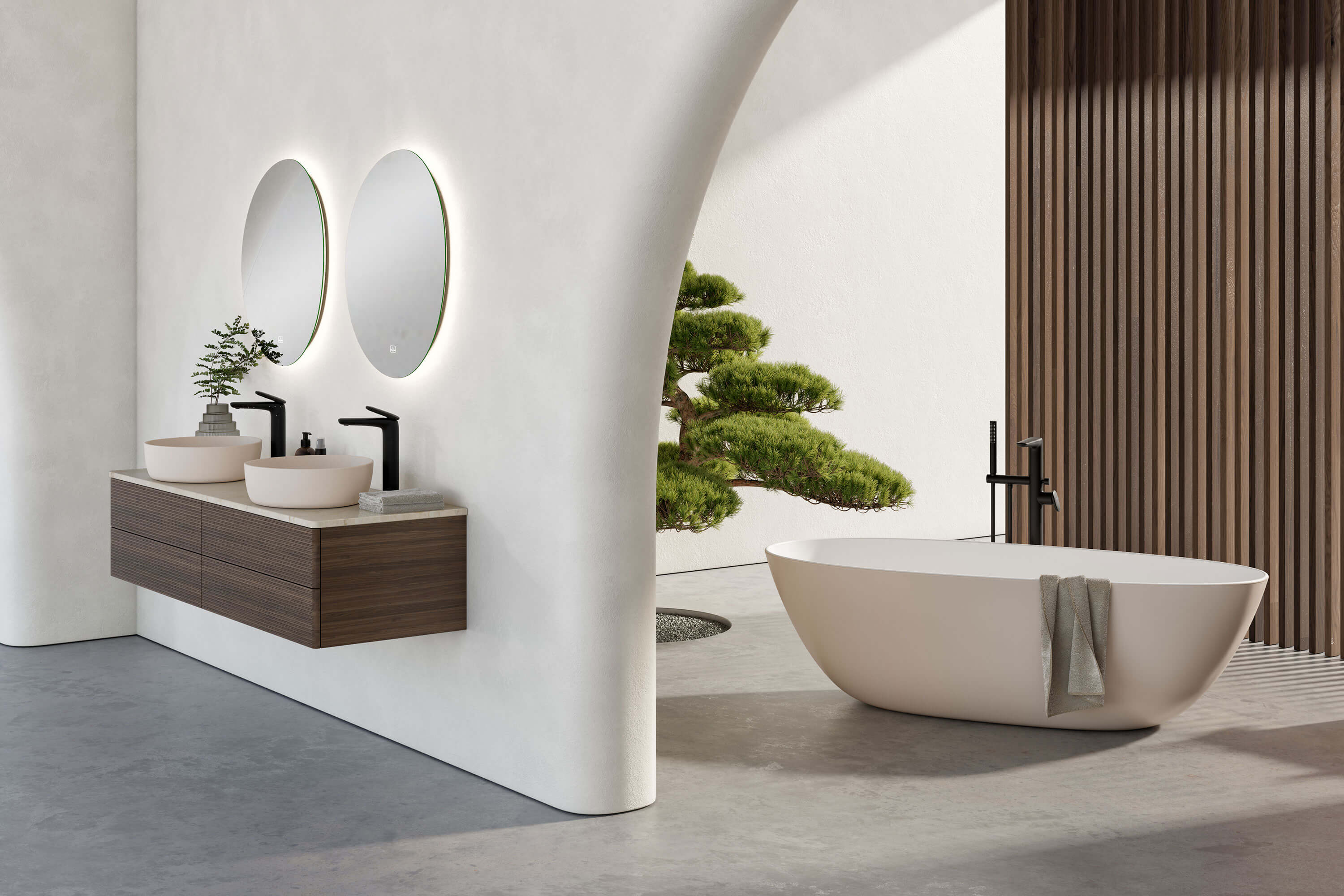
All about your personal spa bathroom
Discover modern bathroom ideas – including cleaning tips and exclusive benefits delivered straight to your inbox.
As a welcome gift, you will also receive a 10% discount on your first order of Dining & Lifestyle products.[0]


